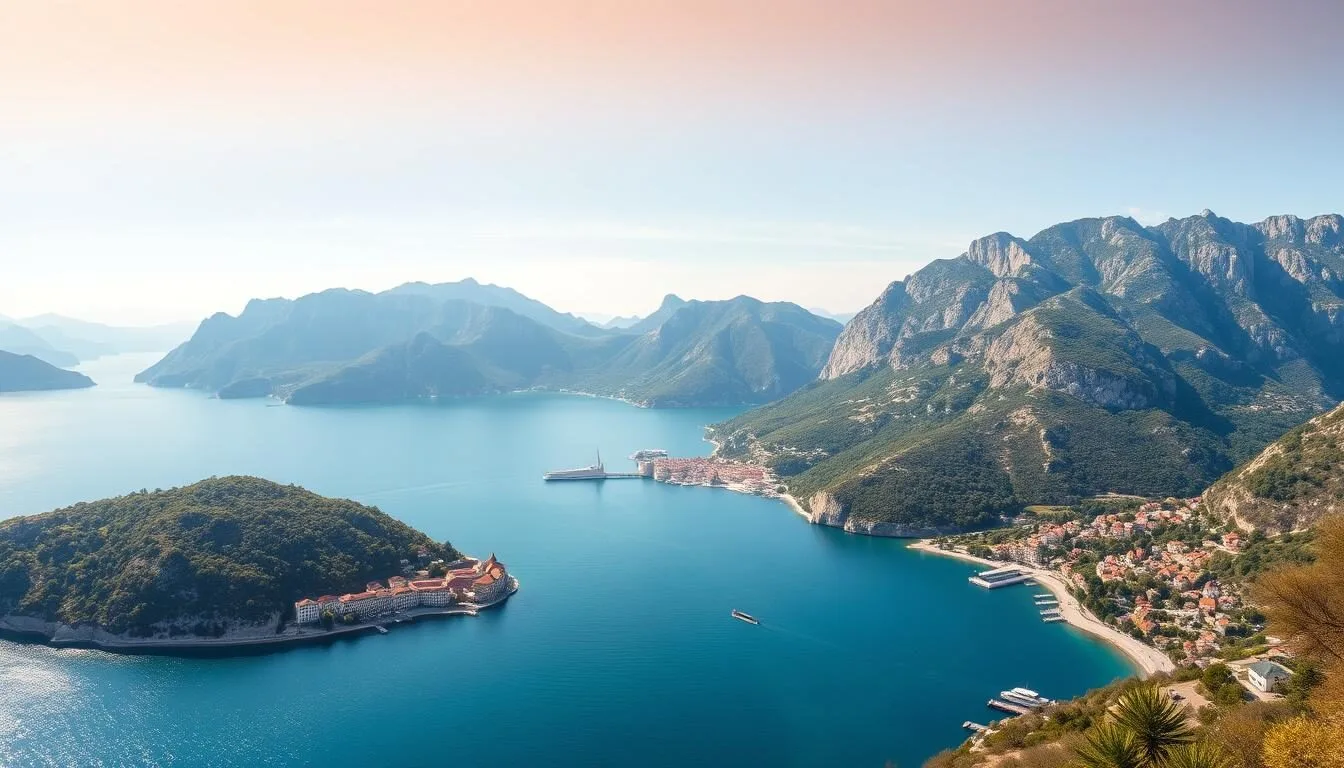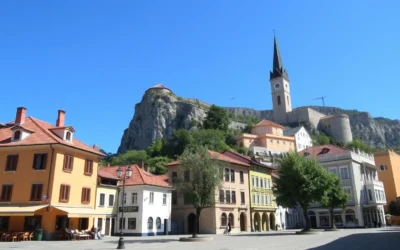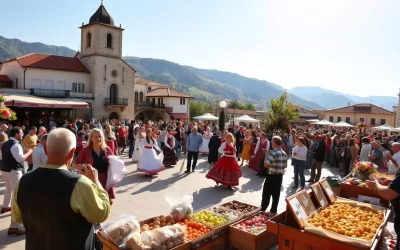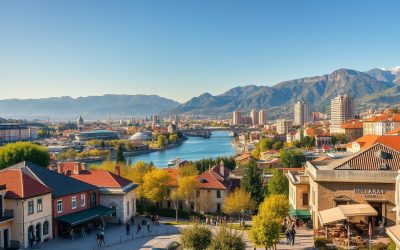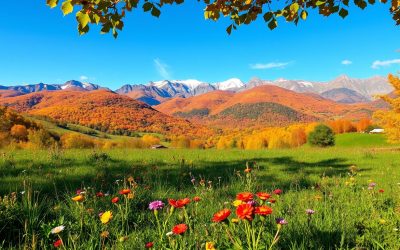✓ Accommodations✓ Flights✓ Rental Cars✓ Tours & Activities
Did you know Montenegro packs 117 beaches, 5 UNESCO sites, and Europe’s deepest canyon into a country smaller than Connecticut? This tiny Balkan gem delivers an astonishing concentration of natural wonders and cultural treasures that belies its modest size. From the fjord-like Bay of Kotor to the rugged mountains of Durmitor National Park, Montenegro offers travelers an incredible diversity of experiences in a surprisingly compact package.
Planning Your Montenegro Adventure
Before diving into Montenegro’s best attractions, let’s cover the essentials for planning your perfect trip. Montenegro may be small, but it packs a mighty punch when it comes to diverse experiences – from coastal explorations to mountain adventures.
Ready to Start Planning?
Book your Montenegro adventure with these trusted partners:
Rent a Car
Discover Activities
When to Visit Montenegro
The best time to visit Montenegro depends on your preferred activities. The coastal areas enjoy a Mediterranean climate with hot summers and mild winters, while the mountainous interior experiences cooler temperatures year-round.
Peak Season (June-August)
Perfect for beach lovers and swimming in the Adriatic Sea. Coastal towns like Budva and Kotor come alive with tourists and events. Expect higher prices and crowds at popular attractions.
Shoulder Season (April-May, September-October)
Ideal for sightseeing and outdoor activities with pleasant temperatures and fewer crowds. Perfect for hiking in national parks and exploring historic towns without the summer heat.
Winter Season (November-March)
Great for budget travelers and winter sports enthusiasts. The coastal areas remain mild while the mountains offer skiing opportunities. Many coastal businesses close during this period.
Our Recommendation
May and September offer the perfect balance of good weather, reasonable prices, and manageable crowds. You’ll enjoy both beach time and comfortable hiking conditions.
Getting to Montenegro
Montenegro has two international airports: Podgorica (the capital) and Tivat (near the coast). Many visitors also fly into Dubrovnik, Croatia, which is just 45 minutes from the Montenegrin border.
For the best flight deals to Montenegro, compare options across multiple airlines: Check flight prices
Getting Around Montenegro
Montenegro’s compact size makes it relatively easy to explore, but the mountainous terrain can make travel times longer than expected.
Kotor: Montenegro’s Medieval Gem

Kotor is undoubtedly one of Montenegro’s crown jewels and tops most visitors’ lists of best things to do in Montenegro. This UNESCO-protected medieval town sits at the end of Europe’s southernmost fjord (technically a ria), surrounded by imposing limestone mountains that create a dramatic backdrop.
Exploring Kotor Old Town
Kotor’s Old Town (Stari Grad) is a maze of narrow cobblestone streets, charming squares, and historic buildings that tell the story of the town’s Venetian past. Getting lost in these medieval alleyways is part of the experience.
Hiking to Kotor Fortress
For the most breathtaking views of Kotor Bay, hike up to the Castle of San Giovanni (St. John’s Fortress). The climb involves 1,350 steps and takes about an hour, but the panoramic vistas are well worth the effort.
Insider Tip: Start your hike early in the morning or late afternoon to avoid the midday heat. Bring water, wear comfortable shoes, and don’t forget your camera!
Experience Kotor’s Magic
Discover the best tours and activities in Kotor:
Book Kotor Experiences
Bay of Kotor: Montenegro’s Natural Wonder
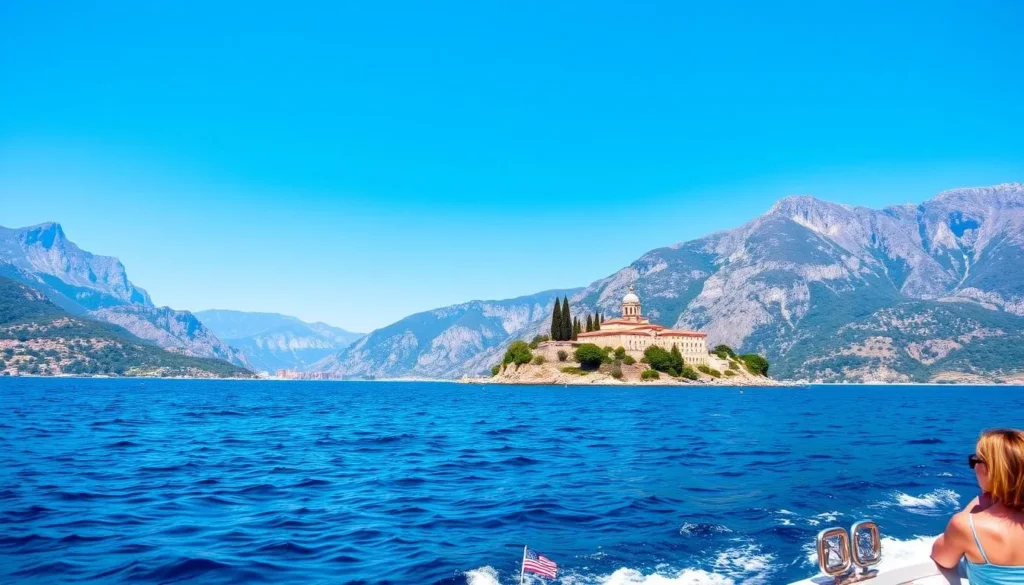
The Bay of Kotor (Boka Kotorska) is often mistakenly called Europe’s southernmost fjord, but regardless of geological classification, it’s one of Montenegro’s most spectacular natural attractions. The bay’s winding shoreline is dotted with picturesque towns, historic churches, and stunning viewpoints.
Boat Tours on the Bay
One of the best things to do in Montenegro is to experience the Bay of Kotor from the water. Numerous boat tours depart from Kotor and other coastal towns, offering different itineraries and durations.
Our Lady of the Rocks
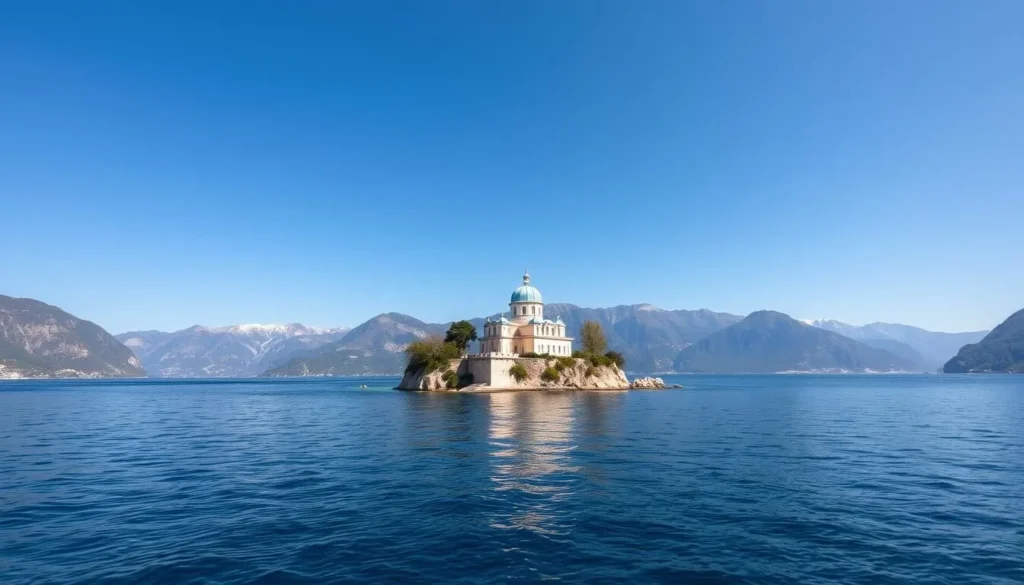
This artificial island near the town of Perast has a fascinating origin story. According to legend, local sailors created it over centuries by dropping stones at the spot where an icon of the Madonna was found on a rock. Today, it houses a beautiful church and a small museum filled with maritime artifacts.
Perast: A Baroque Gem
The small town of Perast offers a more tranquil alternative to bustling Kotor. Once an important maritime center under Venetian rule, Perast boasts impressive baroque palaces and churches along its waterfront promenade.
Explore the Bay of Kotor
Don’t miss these unforgettable experiences:
Book Bay of Kotor Tours
Durmitor National Park: Montenegro’s Mountain Paradise
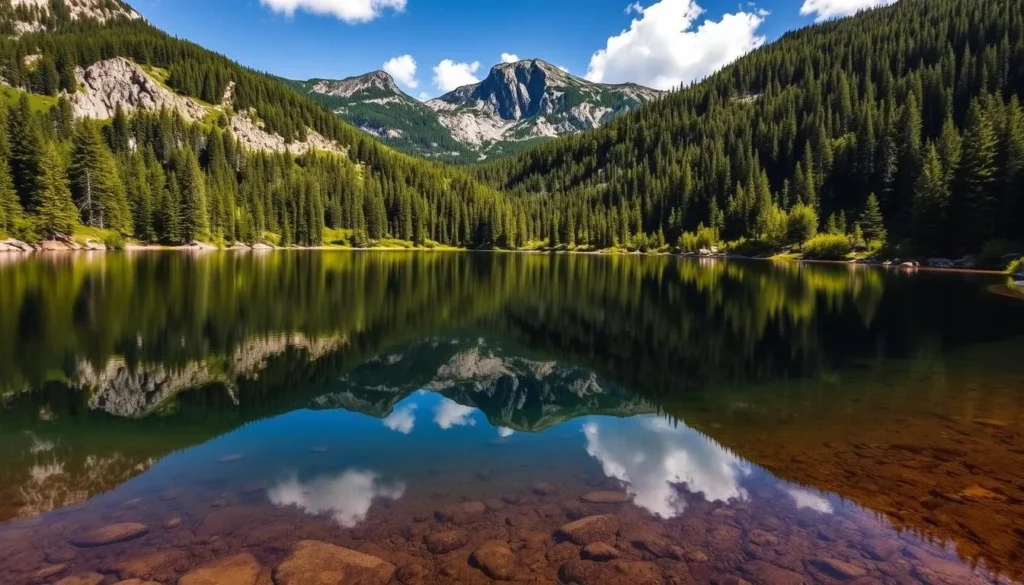
Durmitor National Park, a UNESCO World Heritage site, represents Montenegro’s wild and rugged interior. This mountainous region offers some of the best things to do in Montenegro for nature lovers and adventure seekers.
Black Lake (Crno Jezero)
The jewel of Durmitor National Park, Black Lake is actually two connected lakes surrounded by dense pine forests and towering mountains. A 3.5 km walking trail circles the lake, offering stunning views and photo opportunities.
Tara River Canyon
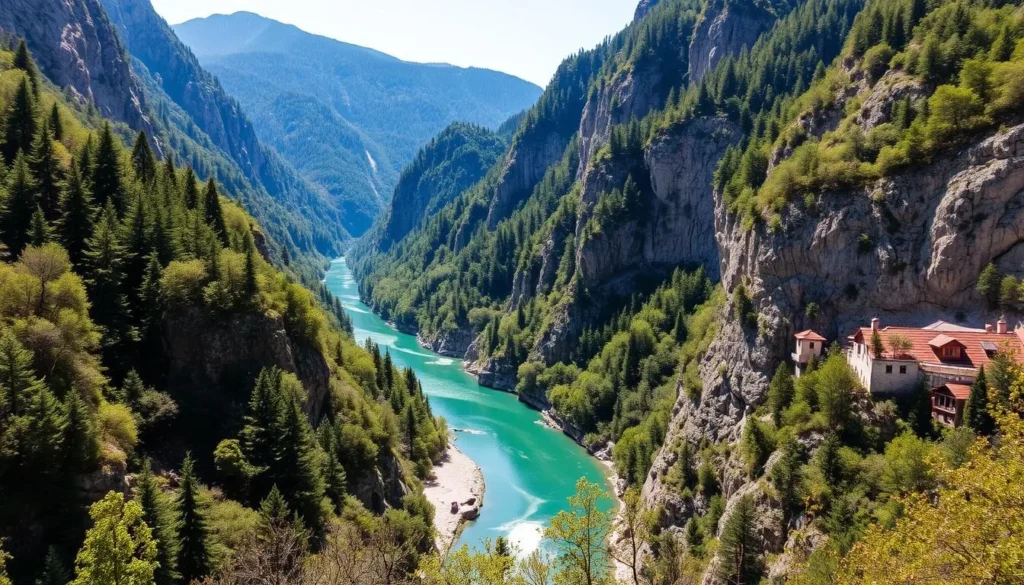
The Tara River Canyon is the deepest canyon in Europe and the second deepest in the world after the Grand Canyon. The emerald-green Tara River cuts through the mountains, creating a spectacular landscape that’s best experienced through:
Hiking and Mountain Activities
Durmitor offers numerous hiking trails for all skill levels, from gentle walks to challenging summit climbs. The park boasts 48 peaks above 2,000 meters, with Bobotov Kuk (2,523m) being the highest and most popular for experienced hikers.
Seasonal Note: Durmitor transforms into a winter sports destination from December to March, with skiing and snowboarding available at reasonable prices compared to Western European resorts.
Adventure Awaits in Durmitor
Book your mountain adventures:
Explore Durmitor Activities
Budva: Montenegro’s Coastal Playground

Budva is Montenegro’s most popular coastal destination, known for its beautiful beaches, lively nightlife, and historic old town. While it gets crowded during summer, Budva offers some of the best things to do in Montenegro for beach lovers and those seeking a more vibrant atmosphere.
Budva Old Town
Similar to Kotor but smaller, Budva’s walled Old Town dates back to the 5th century BC. Wander through its narrow streets to discover historic churches, charming squares, and the Citadel fortress with panoramic views of the coast.
Beaches Around Budva
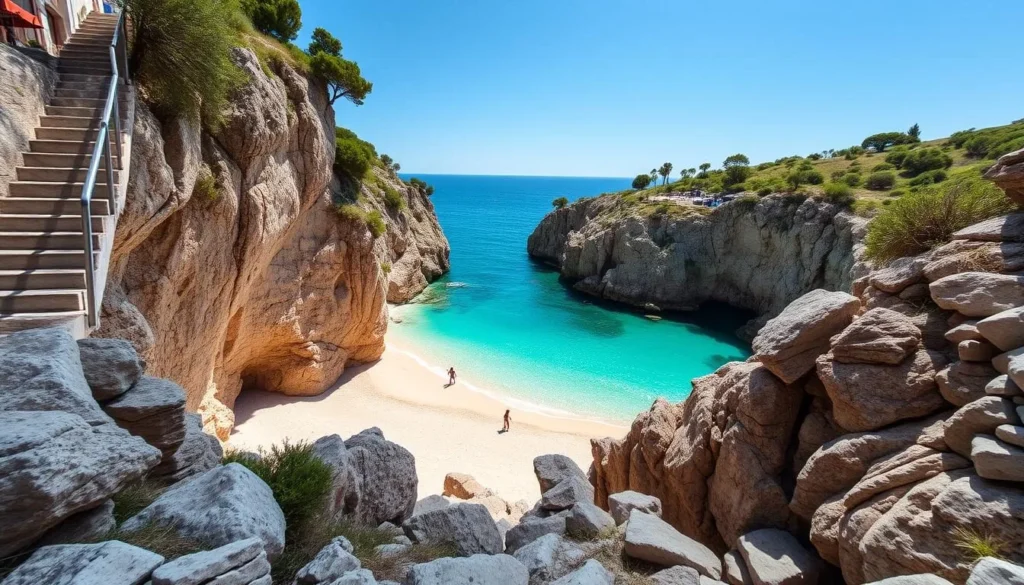
Budva is blessed with some of Montenegro’s most beautiful beaches:
Nightlife and Entertainment
Budva is Montenegro’s nightlife capital, with numerous bars, clubs, and beach parties during the summer season. Top Beach and Top Hill are among the most famous clubs, attracting international DJs and partygoers.
Sveti Stefan: Montenegro’s Iconic Island Resort
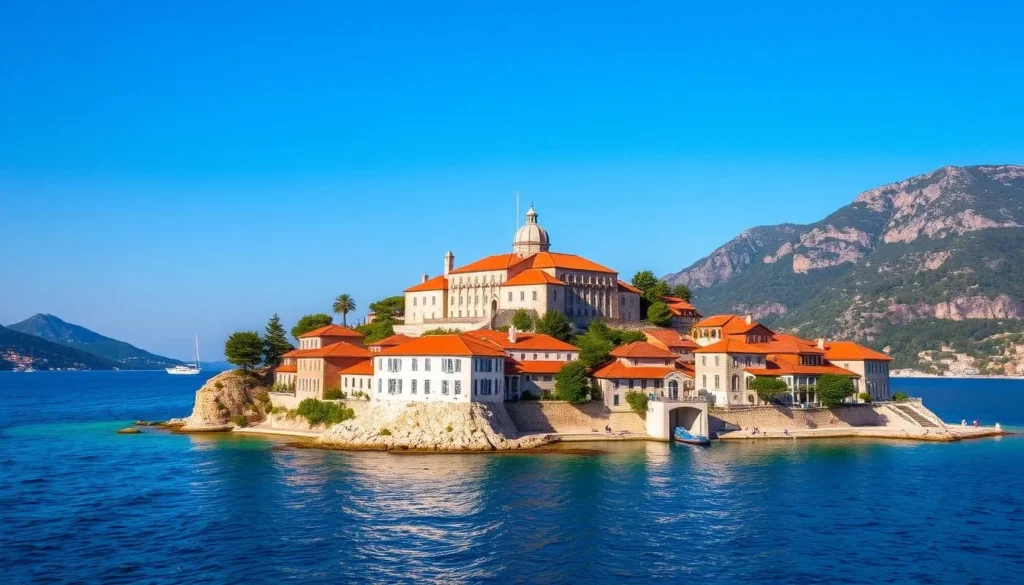
Just a few kilometers south of Budva lies one of Montenegro’s most photographed landmarks: Sveti Stefan. This former fishing village turned exclusive resort is a fortified island connected to the mainland by a narrow isthmus.
While the island itself is only accessible to hotel guests, visitors can admire it from several viewpoints along the coast. The beaches on either side of the isthmus are partially open to the public (for a fee) and offer stunning views of this unique architectural ensemble.
Photography Tip: For the best photos of Sveti Stefan, head to the viewpoint on the main coastal road above the island or visit during the golden hour when the setting sun bathes the red-tiled roofs in warm light.
Lovćen National Park and Njeguši Village
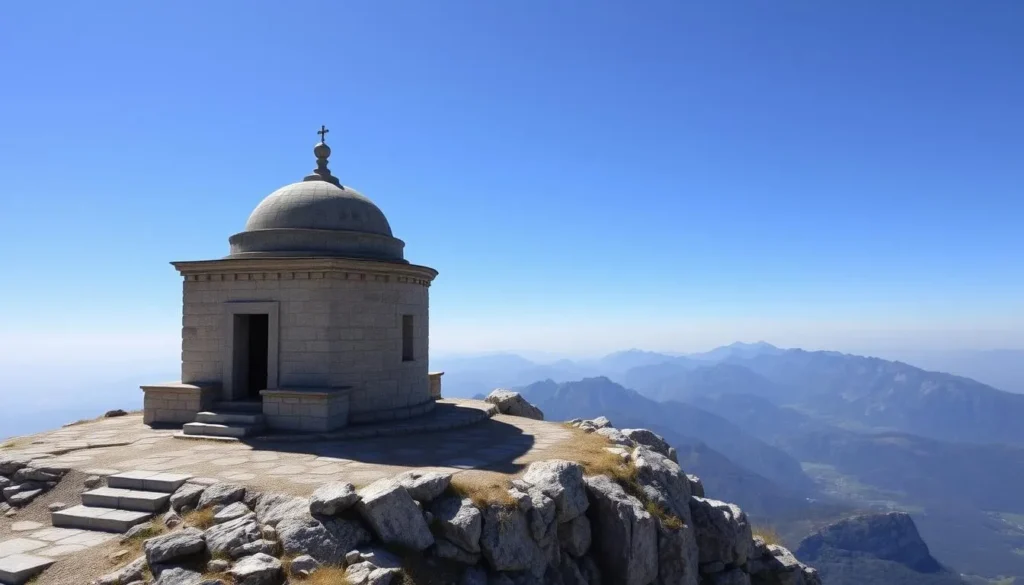
Lovćen National Park is centered around Mount Lovćen, which holds special significance in Montenegrin identity (the country’s name “Crna Gora” means “Black Mountain”). The park offers some of the best things to do in Montenegro for those seeking natural beauty and cultural insights.
Njegoš Mausoleum
At the summit of Jezerski Peak (1,657m) stands the impressive mausoleum of Petar II Petrović-Njegoš, Montenegro’s most revered ruler and poet. Reaching the mausoleum requires climbing 461 steps, but the effort is rewarded with breathtaking panoramic views that can extend to Albania, Croatia, and Bosnia on clear days.
Njeguši Village
Nestled in the mountains between Lovćen and the coast, Njeguši is the birthplace of the Petrović dynasty that ruled Montenegro for centuries. This traditional village is famous for its production of prosciutto (pršut) and cheese, which you can sample at local restaurants.
Explore Montenegro’s Mountains
Book a tour to Lovćen and Njeguši:
Find Mountain Tours
Lake Skadar National Park: A Birdwatcher’s Paradise
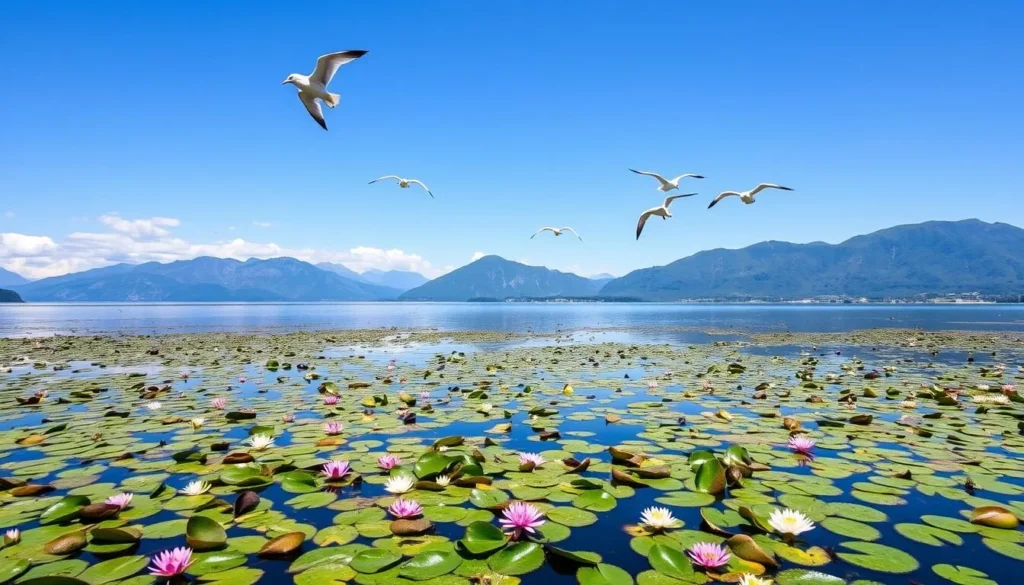
Straddling the border between Montenegro and Albania, Lake Skadar is the largest lake in the Balkans and one of the most important bird habitats in Europe. The Montenegrin portion of the lake and its surroundings form a national park that offers some of the best things to do in Montenegro for nature enthusiasts.
Boat Tours and Wildlife
The best way to experience Lake Skadar is by boat. Tours depart from Virpazar, Rijeka Crnojevića, and other villages around the lake, taking you through channels lined with water lilies and to hidden monasteries on small islands.
The lake is home to over 280 bird species, including the rare Dalmatian pelican, making it a paradise for birdwatchers. You might also spot turtles, frogs, and various fish species in the clear waters.
Rijeka Crnojevića
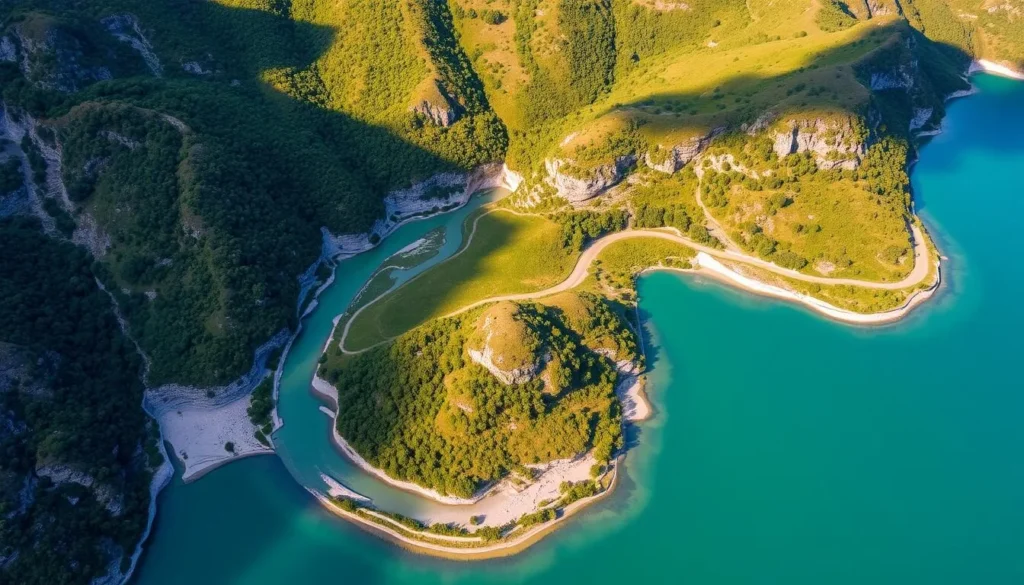
This small village offers one of Montenegro’s most iconic views – the horseshoe bend of the river flowing into Lake Skadar. The stone bridge dating from 1853 and traditional houses create a picturesque setting that’s perfect for photography.
Wine Tasting
The Lake Skadar region is Montenegro’s main wine-producing area, specializing in the indigenous Vranac grape variety. Several family-owned wineries offer tours and tastings where you can sample local wines paired with traditional food.
Discover Lake Skadar
Book your nature adventure:
Lake Skadar Tours
Ostrog Monastery: Montenegro’s Spiritual Wonder
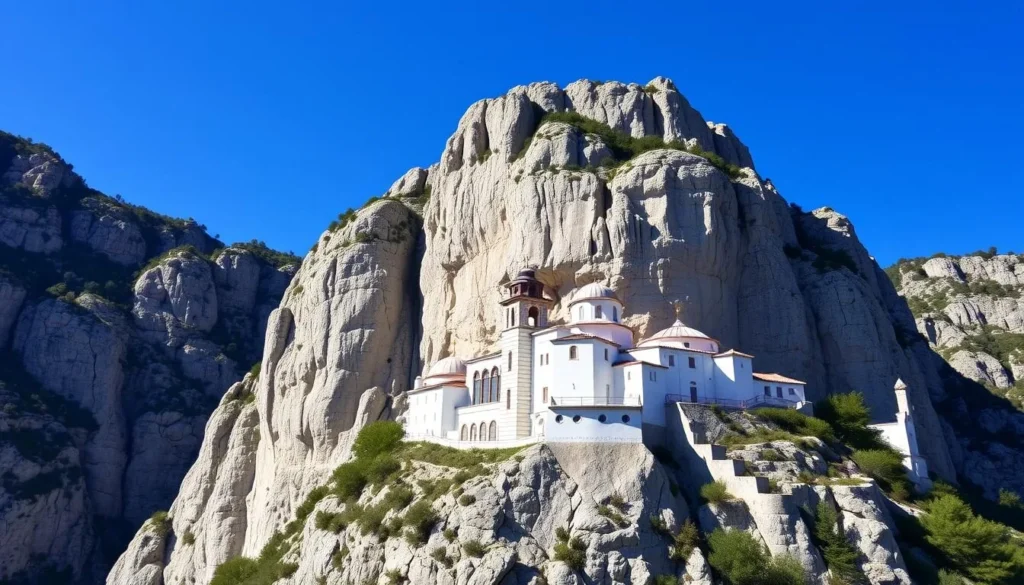
Carved into a vertical cliff face 900 meters above the Zeta Valley, Ostrog Monastery is one of the most impressive architectural achievements in the Balkans and among the most visited Christian pilgrimage sites in Europe. This Serbian Orthodox monastery was founded in the 17th century and is dedicated to Saint Basil of Ostrog.
The monastery consists of two parts: the Lower Monastery with accommodation facilities and the Upper Monastery with two cave churches built directly into the rock. The white façade against the gray cliff creates a striking visual contrast that can be seen from miles away.
Visitor Etiquette: As a functioning monastery and important religious site, visitors should dress modestly (shoulders and knees covered) and behave respectfully. Photography may be restricted in certain areas.
Many pilgrims climb the 3 km path from the Lower to the Upper Monastery barefoot as an act of devotion. Visitors can also drive most of the way up, with just a short walk to reach the Upper Monastery.
Ulcinj: Montenegro’s Southern Beach Haven
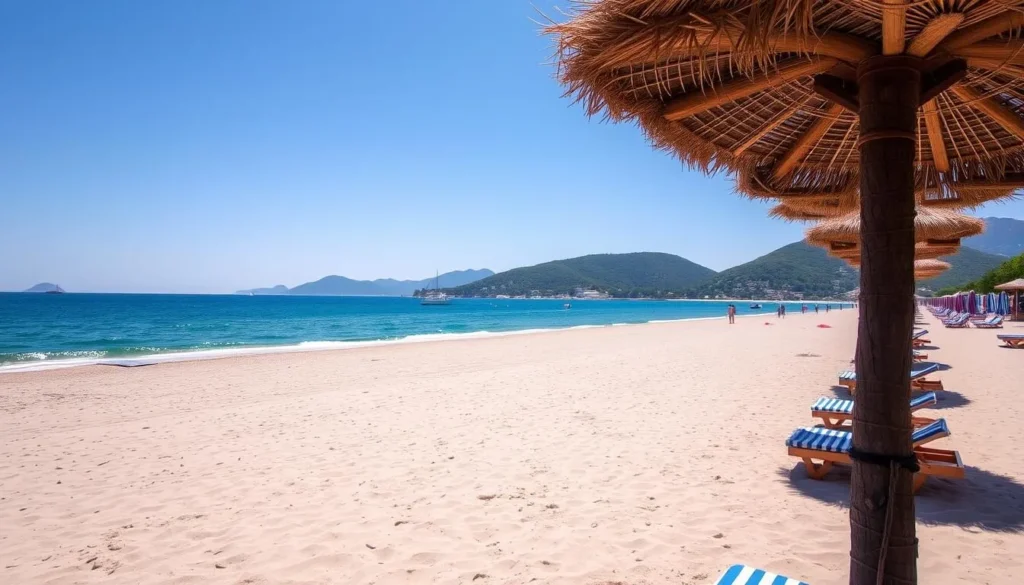
Located near the Albanian border, Ulcinj offers a different atmosphere from Montenegro’s other coastal towns. With a significant Albanian population and Ottoman influences, it has a unique cultural blend that’s reflected in its architecture, cuisine, and traditions.
Velika Plaža (Long Beach)
Stretching for 13 kilometers, Velika Plaža is Montenegro’s longest beach and one of the best things to do in Montenegro for those seeking space and tranquility. The fine sand and shallow water make it ideal for families, while the consistent winds attract kitesurfers from around the world.
Ada Bojana
This triangular island formed by the Bojana River delta features a unique ecosystem with river beaches on one side and sea beaches on the other. The island is known for its naturist resort, rustic seafood restaurants built on stilts over the river, and excellent conditions for kitesurfing and windsurfing.
Ulcinj Old Town
Perched on a rocky peninsula overlooking the sea, Ulcinj’s Old Town bears witness to the city’s turbulent history. Explore its narrow streets to discover ancient walls, the Balsica Tower, and the former slave market where captured Christians were once sold during Ottoman times.
Cetinje: Montenegro’s Historic Capital

Nestled in a small karst valley at the foot of Mount Lovćen, Cetinje served as Montenegro’s capital from the 15th century until 1918. Today, this charming town offers some of the best things to do in Montenegro for history buffs and culture enthusiasts.
Museums and Historic Buildings
Cetinje boasts an impressive concentration of museums housed in former embassies and royal buildings:
The compact size of Cetinje makes it perfect for exploring on foot. The main street, Njegoševa, connects most of the important historic sites and is lined with cafes and restaurants where you can rest and soak in the atmosphere.
Explore Montenegro’s History
Book a tour to Cetinje and surrounding attractions:
Historical Tours
Practical Information for Visiting Montenegro

Currency and Payments
Montenegro uses the Euro (€) despite not being part of the European Union. ATMs are widely available in tourist areas and cities. Credit cards are accepted in most hotels, restaurants, and larger shops, but it’s advisable to carry cash for smaller establishments and rural areas.
Language
The official language is Montenegrin, which is very similar to Serbian, Croatian, and Bosnian. English is widely spoken in tourist areas, especially by younger people. Italian and German are also common in coastal regions.
Internet and Connectivity
Wi-Fi is available in most accommodations, restaurants, and cafes. Mobile coverage is generally good in populated areas but may be limited in remote mountain regions. EU residents can use their data roaming without additional charges, while others might want to purchase a local SIM card.
Safety
Montenegro is generally a safe country for tourists with low crime rates. The usual precautions against pickpocketing in crowded areas are advisable. The main safety concerns are related to outdoor activities – always follow local advice when hiking, swimming, or participating in adventure sports.
Local Cuisine

Montenegrin cuisine reflects the country’s geography, with seafood dominating coastal menus and meat dishes prevalent in the mountains:
Where to Stay in Montenegro
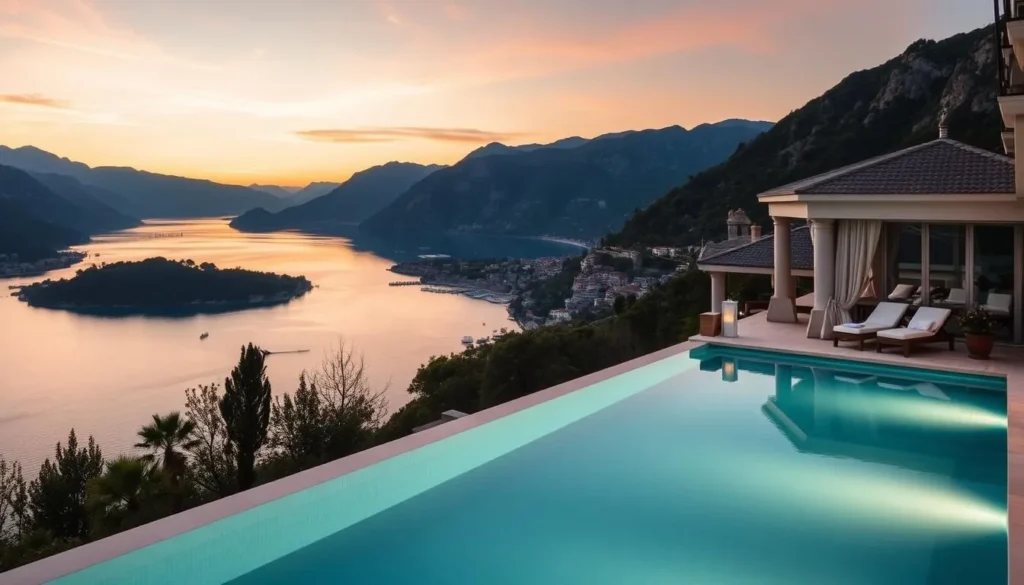
Montenegro offers accommodation options for every budget and preference, from luxury resorts to family-run guesthouses and hostels.
Coastal Areas
Mountain Regions
Sample Montenegro Itineraries

3-Day Montenegro Highlights
7-Day Complete Montenegro
Travel Tip: Despite Montenegro’s small size, the mountainous terrain means travel times can be longer than expected. Allow extra time for mountain roads and consider breaking up longer journeys with interesting stops along the way.
Why Montenegro Should Be Your Next Destination
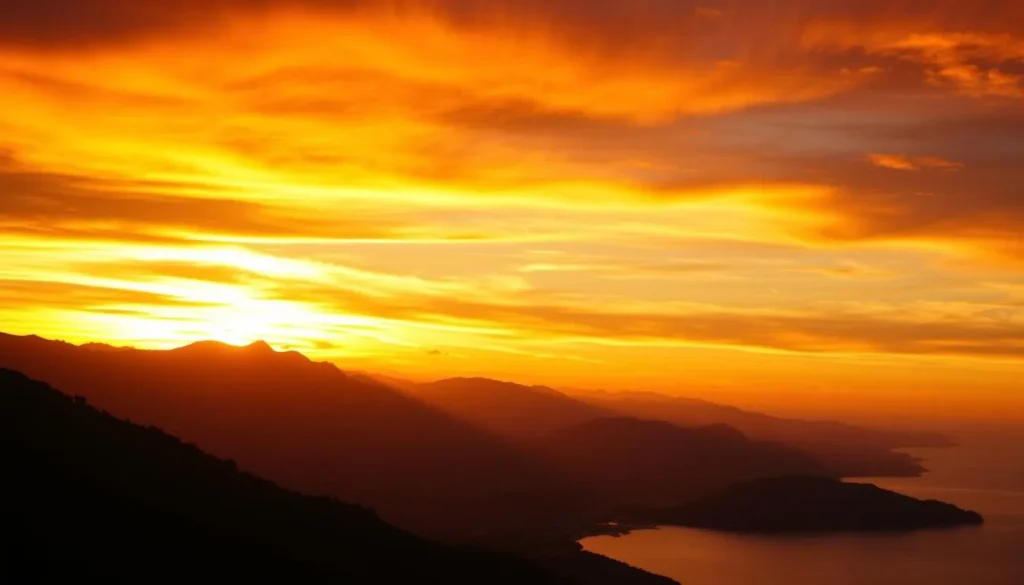
Montenegro may be one of Europe’s smallest countries, but it delivers an astonishing diversity of experiences that rival destinations many times its size. From the fjord-like beauty of the Bay of Kotor to the rugged peaks of Durmitor, from medieval walled towns to pristine beaches, Montenegro packs an incredible punch for travelers seeking authentic experiences without the crowds of more established European destinations.
What makes Montenegro truly special is not just its natural beauty or historic sites, but the way these elements come together in such a compact, accessible package. In the morning, you could be hiking in alpine meadows, and by afternoon, swimming in the crystal-clear Adriatic – a versatility few destinations can match.
As tourism continues to grow, now is the perfect time to discover Montenegro’s treasures before the secret gets out. Whether you’re seeking adventure, relaxation, culture, or cuisine, Montenegro’s diverse landscape and rich heritage offer some of the best things to do in this hidden corner of Europe. Your Montenegrin adventure awaits – are you ready to discover the Black Mountain’s golden experiences?
The above is subject to change.
Check back often to TRAVEL.COM for the latest travel tips and deals.
